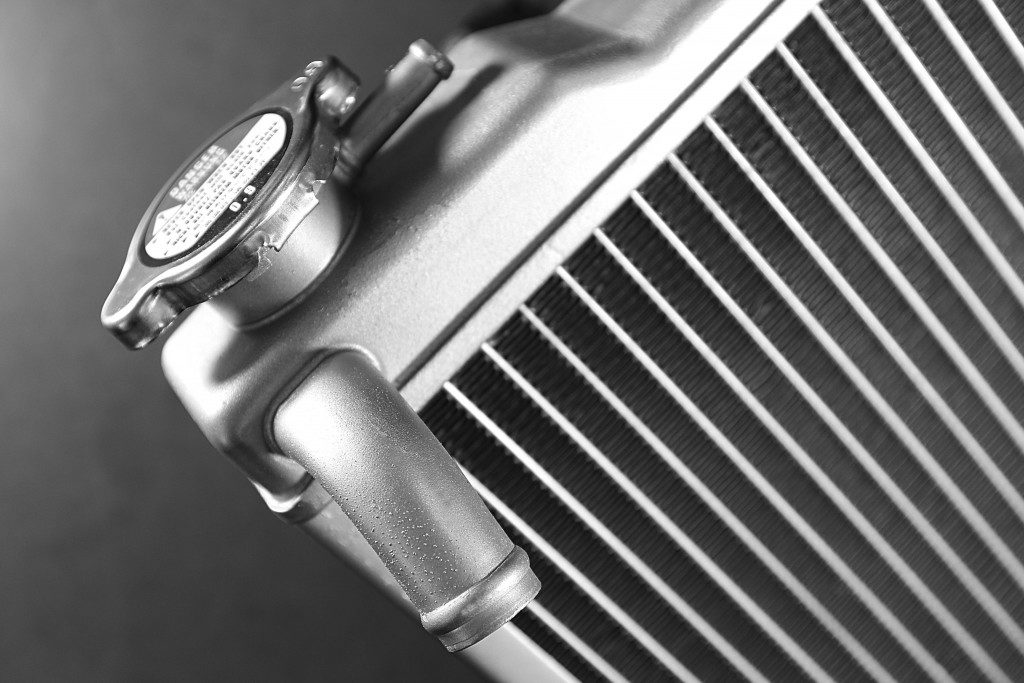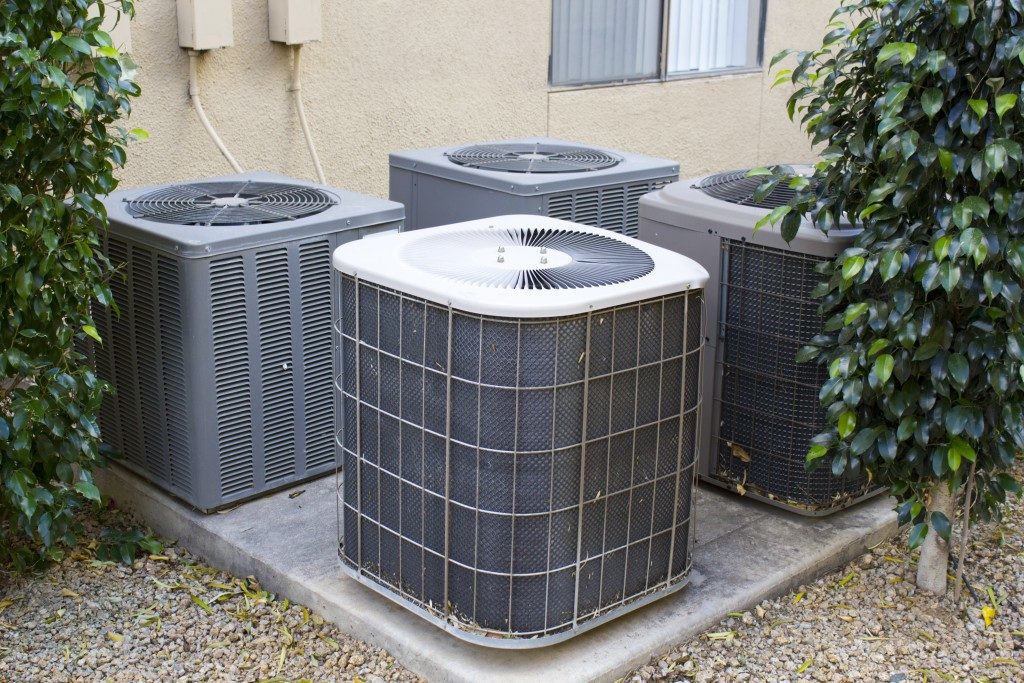Coolant is a critical component for the safe operation of your car. It protects the engine from overheating, which would otherwise compromise the overall functionality of your vehicle. If the engine is not able to maintain the temperature within the acceptable limits, for instance, due to coolant leakage, it might overheat. This will ultimately translate into extensive damage and costly repairs. Therefore, it helps to engage the services of a seasoned mechanic to fix the issue before it escalates to major problems. Here are three major causes of coolant leakage in a vehicle:
External Leakage
This is the most obvious type of leakage, and it is also easily diagnosed. It is characterized by coolant pooling under the vehicle. Following the escape of the coolant, the engine will quickly overheat. You can effortlessly identify the source of the leak by visually analyzing it; the main culprits are broken hose or a hole in the radiator. Rubber radiator hoses are bound to degrade over time and eventually become brittle or crack; a mere fissure is capable of discharging much coolant. Also, the coolant’s seepage can be blamed on leakage in the heater core or water pump, both of which are identifiable through visual inspection. A defective radiator is more difficult to diagnose at it necessitates removal and inspection of the unit for possible bubbles when submerged in water.
Internal Leak
An internal leak will not cause a puddle of coolant to collect beneath a vehicle, so diagnosing it might require auto repair in Salt Lake City. However, it can be identified when the coolant level keeps falling, compelling you to frequently refill the tank to protect the engine from excessive heat. The main culprits of an internal leak include leakage in the head or block. It may also be attributable to a defective head gasket, which allows the coolant to seep from its system. A faulty head gasket may not perform effectively in its task of preventing the coolant and oil from contaminating the combustion chamber. To diagnose a faulty head gasket, inspect your car’s tailpipe for white smoke, which results from leaking coolant getting into the combustion chamber, burning and eventually evaporating. This discharge features a sweet smell, and it will persist even after the engine gets warm.
Defective Radiator Cap

A faulty radiator cap can cause massive loss of coolant, which escapes from the overflow tube upon heating up. Since the radiator is a pressurized unit, loss of pressure due to a defective or incorrectly fitting cap could lead to a leak. This problem is detected by executing a pressure test on the radiator cap, which should be subsequently fixed by an experienced car repair professional.
The optimum operation of a car is dependent on a host of factors, including the cooling system. Your vehicle’s cooling system manages the excessive heat emanating from the engine, allowing it to operate optimally. Any leakage within the coolant system is bound to cause substantial damage to the engine. If you suspect that your vehicle’s cooling system is faulty, you’ll want to engage the services of a qualified mechanic and have the issue sorted out in no time.






